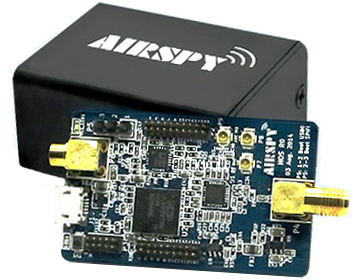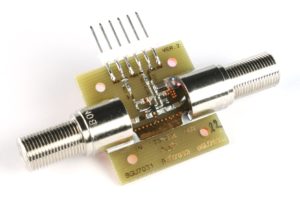What is Software Defined Radio?
Radios in general are devices that wirelessly transmit or receive signals that are in the radio frequency spectrum. These signals can hold a multitude of different information such as in cell phones, computers, vehicles and even televisions.
Software Defined Radio (SDR), however, can be defined as a radio in which some or all of the physically implemented functions that based on hardware, are now software defined. The problem with traditional hardware radio devices is that they have limits to how much cross-functionality they can have with the amount of radio devices that exist out there. SDR radios on the other hand, provide a better and inexpensive solution to the problem. Utilizing SDR radios can provide a multi-band and/or multi-functional wireless device that can be controlled and enhanced further using software based revisions.
Our vehicle uses Software Defined Radio on the companion computer attached to the vehicle. The SDR allows us to read in signals while also creating data files of the raw signals and the processed signals. We can utilize the SDR to take the raw signal and either decimate it to a lower frequency or sample it to a lower resolution to then be processed later. The end goal is to develop an algorithm to get a real-time process of the signal to then be able to track the location of the signal and determine the direction of the beacon we are tracking.
SDR Hardware
This build utilizes specific hardware devices to enable the use of SDR technology and to achieve our desired functions. Below are the pieces of hardware we utilize in this project.
Airspy R2
The Airspy R2 is the main SDR device of the vehicle. It is used for all of the SDR applications which includes any radio telemetry, beacon finding and general radio applications. It is able to utilize GNU Radio algorithms to perform its functions which is important. To find out more about the Airspy R2 you can visit their website for prices and specifications.

Low Noise Amplifier
The Low Noise Amplifier is used to amplify low power signals without degrading its signal-to-noise ratio significantly. This is important when attempting to locate a beacon's location, since the signal received would be too small to analyse otherwise. While they amplify the power of the signals it receives, they also amplify the noise present in that signal. Because of this, filtering methods to increase the signal-to-noise ratio will still need to be applied.
